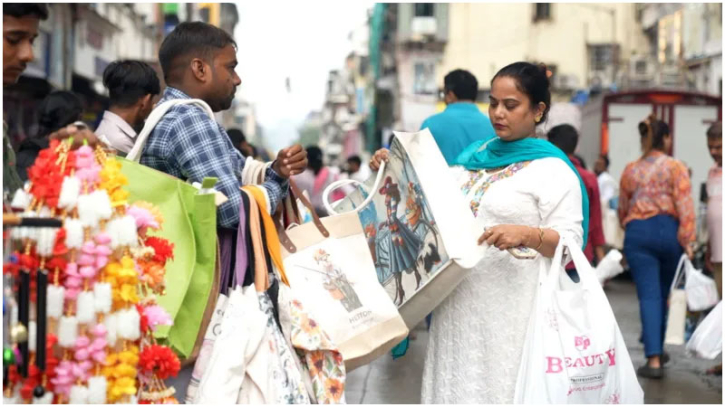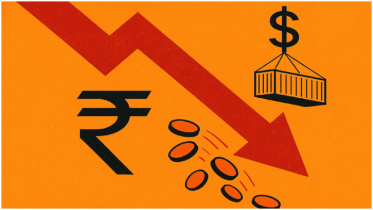Modi's GST cuts aim to boost festive spending in India

Millions of Indians are set to see their daily expenses fall as Prime Minister Narendra Modi’s government rolls out sweeping cuts to the goods and services tax (GST) from Monday.
Essential items such as milk, bread, life and medical insurance, and critical medicines will become tax-free. Rates on consumer staples including hair oil, soap, and shampoo will drop to 5%, while small cars, televisions, and air conditioners will now be taxed at 18% instead of 28%.
The overhaul, announced earlier this month, is designed to simplify India’s complex tax regime and stimulate household consumption, which makes up more than half of the country’s GDP. The move coincides with the start of India’s four-month festive season, a crucial period for retailers and manufacturers.
The cuts follow a $12bn income tax relief package announced in February and lower interest rates from the central bank, all aimed at reviving demand. Analysts say the timing could help offset the impact of US tariffs and leave households with more disposable income.
Corporate India is already responding. Companies such as Reliance, Hindustan Unilever, and Mahindra & Mahindra plan to pass on the benefits to consumers. Carmakers, whose share prices have risen between 6% and 17% since Modi’s announcement, are reporting a surge in showroom visits. Hero Motocorp expects sales to climb 30–40% in the next two months.
Consumers, too, are eyeing purchases. “The best time to buy is when festival discounts and tax cuts overlap,” said software developer Vishal Pawar, who plans to upgrade his motorbike during the Dussehra holiday.
Consumer goods makers remain optimistic but face logistical challenges. Companies like Godrej are scrambling to update price labels and manage uncertain demand. Smaller shopkeepers, particularly in markets such as Mumbai’s Crawford Market, say they are struggling to keep up with the changes or remain confused about the new rates.
Not all sectors will benefit. Wedding apparel priced above $29 will now attract a higher 18% tax, denting sales in a market where most outfits cost well above that threshold.
Still, analysts say the overall impact will be positive. Rating agency Crisil estimates that lower GST will benefit a third of an average household’s monthly spending and strengthen middle-class purchasing power.
The government, however, faces a trade-off. New Delhi expects a revenue loss of $5.4bn this year, though Moody’s and other agencies warn the shortfall could be larger, straining already sluggish tax collections and potentially forcing cuts to infrastructure spending.
Despite these risks, Modi’s reforms are expected to give India’s economy a timely lift heading into its biggest spending season of the year.
.png)




